Religious Liberty in America
By Francis J. Manion
Francis J. Manion is an attorney with the American Center for Law and Justice, specializing in religious liberty and pro-life legal matters. He resides in Bardstown, Kentucky.
The relationship between Catholicism and the American notion of religious liberty has always been marked by paradox. On the one hand, the Church has undoubtedly flourished in the Unites States, thanks in no small part to a Lockean notion of broad toleration that was adopted more or less across the board in colonial times. Yet that same toleration included an important caveat: at least until after the adoption of the Constitution, it did not apply equally to Catholics. And even after ratification of the First Amendment, several states retained anti-Catholic laws or constitutional provisions well into the 19th century.
Of course, with growing numbers and resultant political clout through the middle of the 20th century, it was possible for a Catholic (just barely) to be elected president in 1960, albeit only after famously paying obeisance to Protestant separationist sensibilities as represented by the Greater Houston Ministerial Association. But with their assimilation into an American mid-century culture that still adhered, however tenuously, to a set of political and social mores roughly harmonious with Church teachings, along with Vatican II’s articulation of the Church’s embrace of a robust view of religious freedom in Dignitatis Humanae, it was safe to say that Catholics were, at long last, both the beneficiaries and the proponents of full-blown American Religious Liberty.
But the America of 1965 is a far cry from the America that will welcome Pope Francis. In 2015, Catholics increasingly find themselves once again on the outside looking in, strangers in a strange land, who finds their beliefs outdated, irrelevant, even bigoted.

But now, with the Supreme Court’s Obergefell decision, the gap between Catholic beliefs and practice and the American secular agenda has become wider than ever. When all is said and done, from a religious liberty standpoint, the take away from Court’s decision — now “the law of the land” — is simply this: the belief that marriage should be limited to one man and one woman is on the same level as a belief in White Supremacy. While dissenters from this new orthodoxy remain free to believe and teach their “demeaning” and “denigrating” view of marriage (thank you very much, Justice Kennedy), actions taken in furtherance of that belief will only be tolerated to the extent that actions taken in furtherance of racial bigotry are tolerated; that is to say, hardly at all.
The implications of this for the Church and dissenting individuals are enormous. Already, respected mainstream voices have called for stripping tax-exempt status from “conservative churches” which refuse assent to the new regime. And, as Justice Alito pointed out, individual believers face “being labeled as bigots and treated as such by governments, employers, and schools.” Legislative efforts are underway to blunt the impact of the decision. The “First Amendment Defense Act” is one such effort. But, in the current climate, it’s hard to see how such a law could survive Congress and a presidential veto, since its clear purpose, according to the new way of thinking, is to protect those animated by bigotry.
Such is the logic of the Obergefell majority. But, perhaps, therein lies the way out. While logic would dictate that believers in natural or sacramental marriage are now no better than Bull Connor, it’s hard to fathom that Justice Kennedy and the others really see them that way. And since, as the dissenters point out in Obergefell, hard logic is not exactly Kennedy’s strong suit, there is reason to think he and his fellow justices will “feel” their way to a legal resolution that prevents things like a sheriff’s sale of St. Patrick’s Cathedral for unpaid property taxes. But in the meantime, we are headed for stormy seas as overzealous functionaries at all levels of government apply the principles of Obergefell against recalcitrant believers.



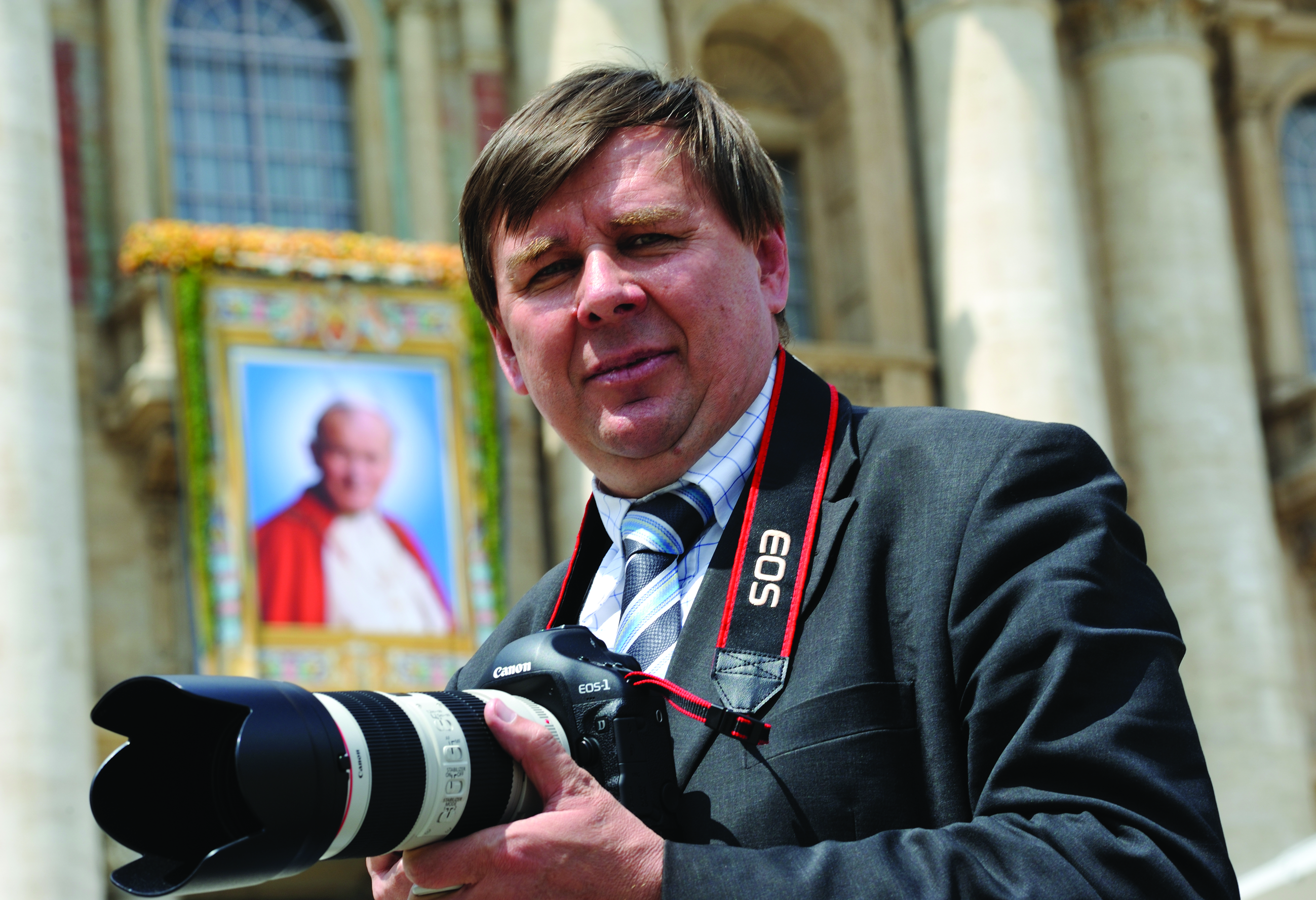
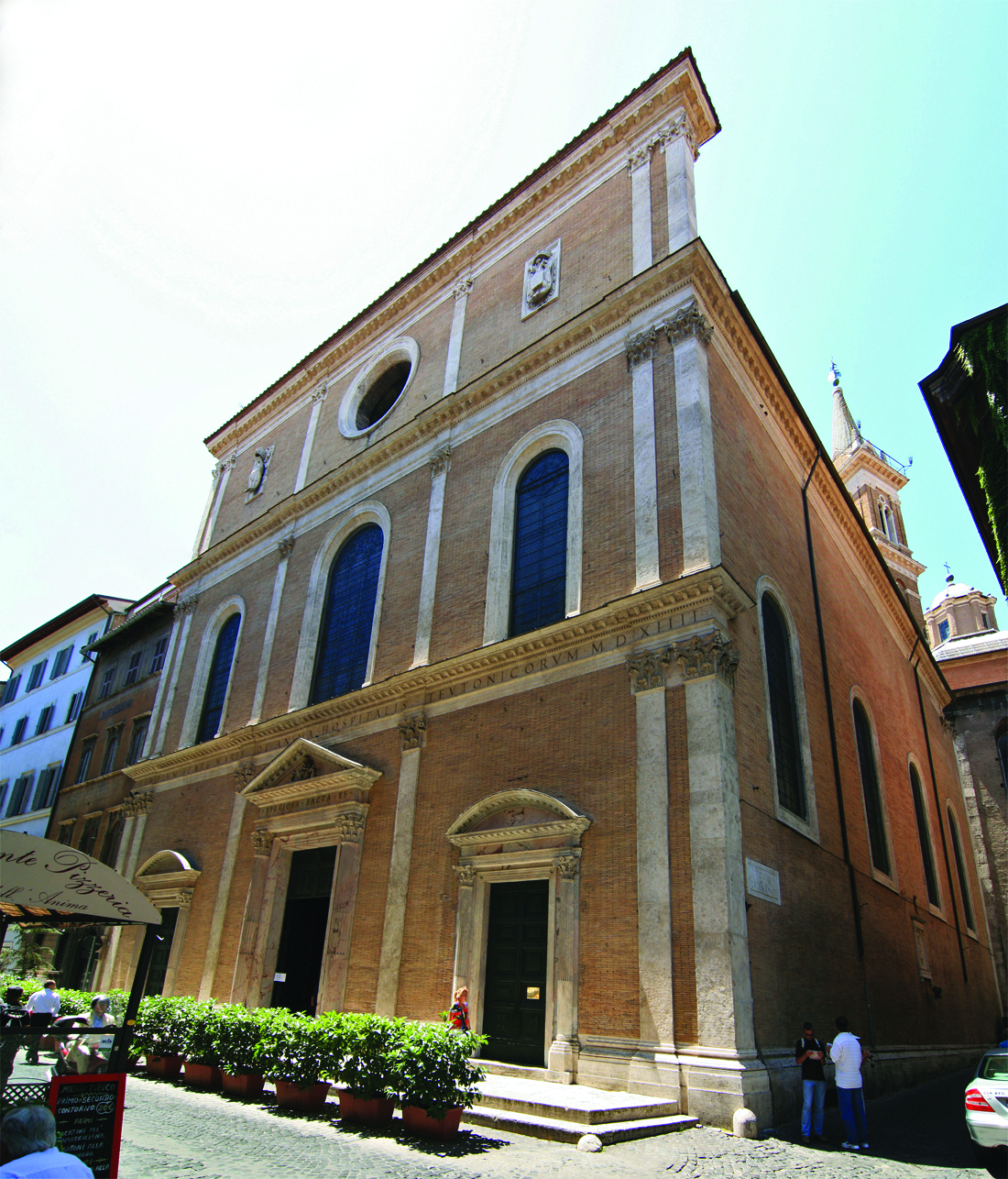
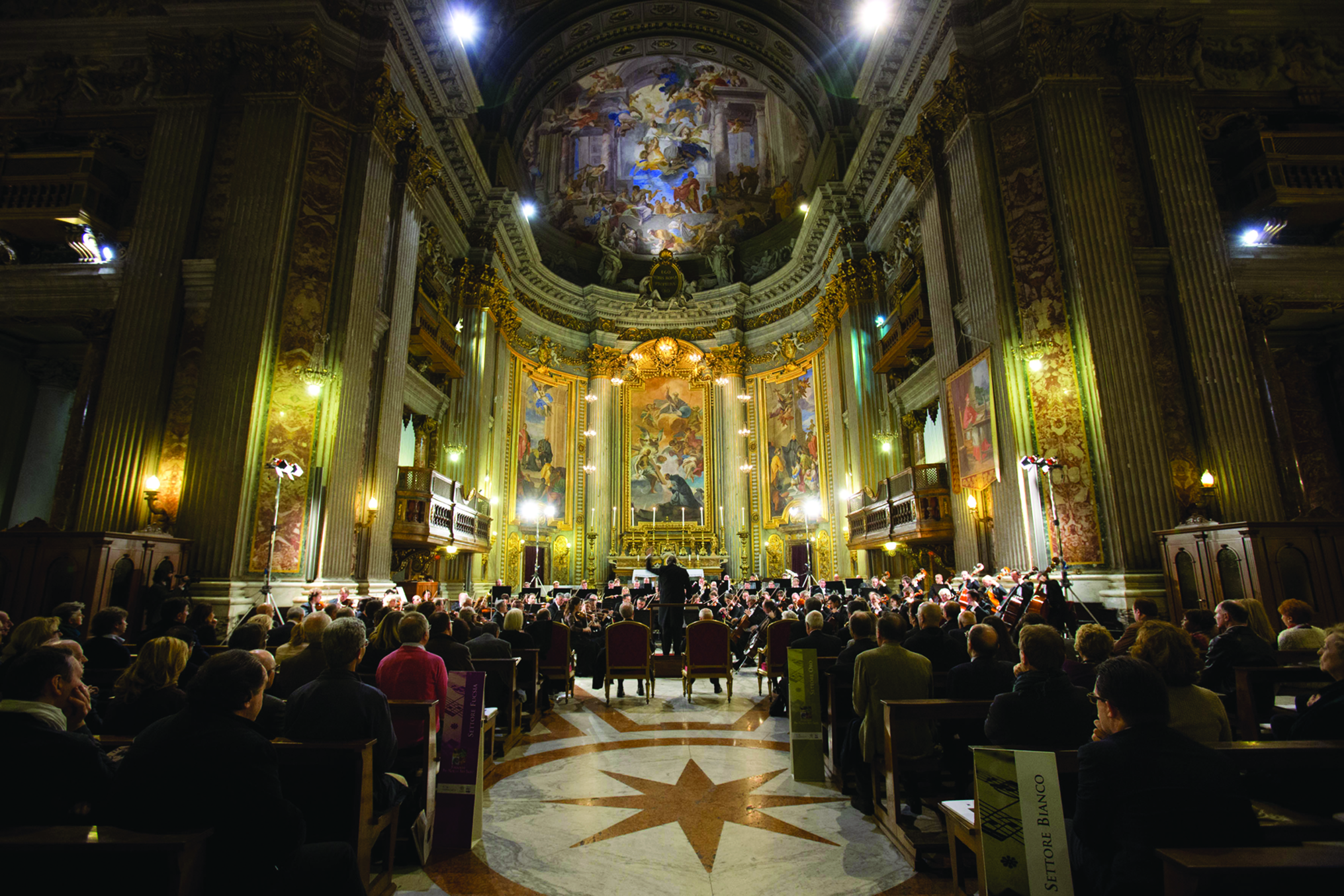
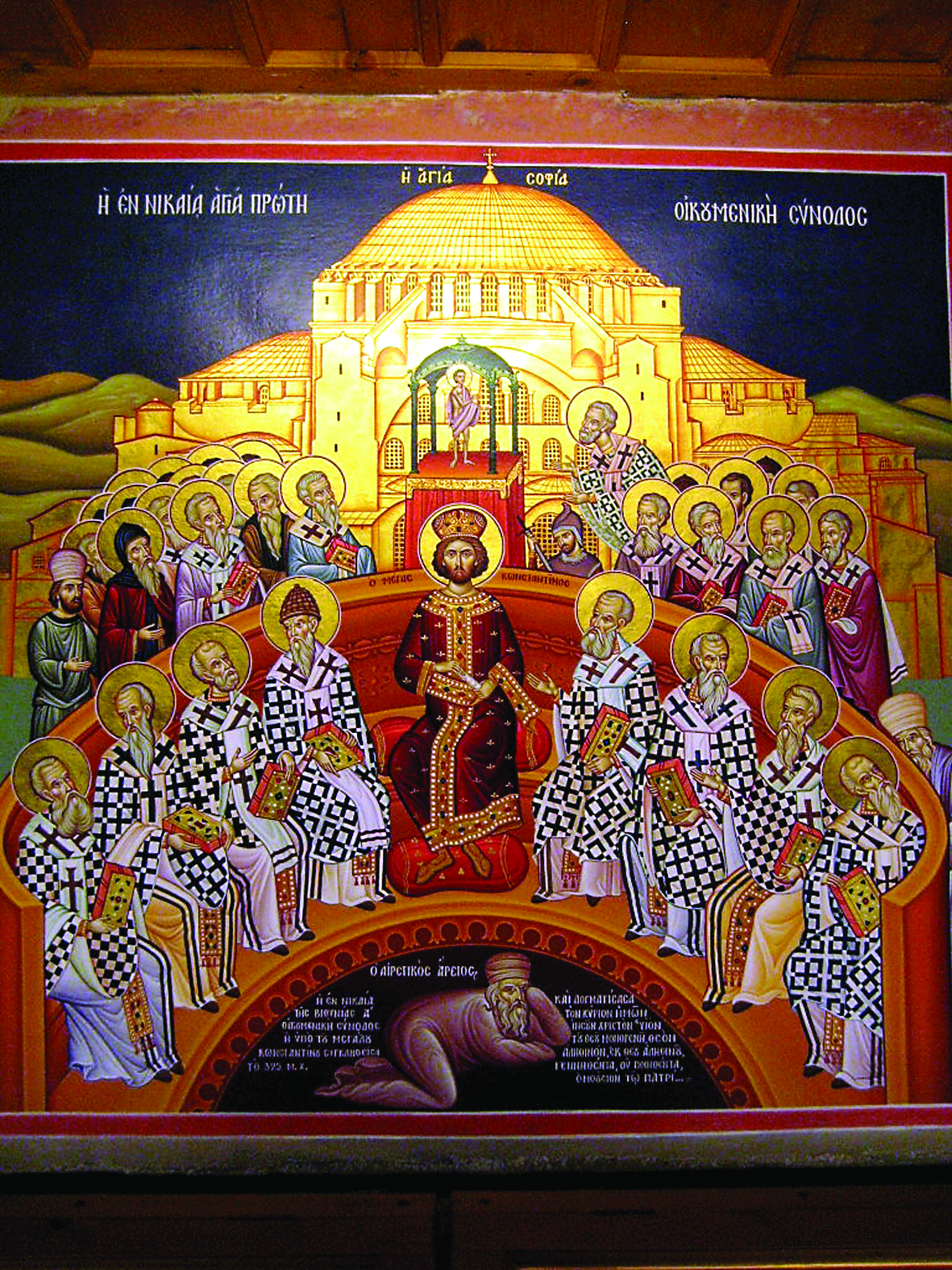
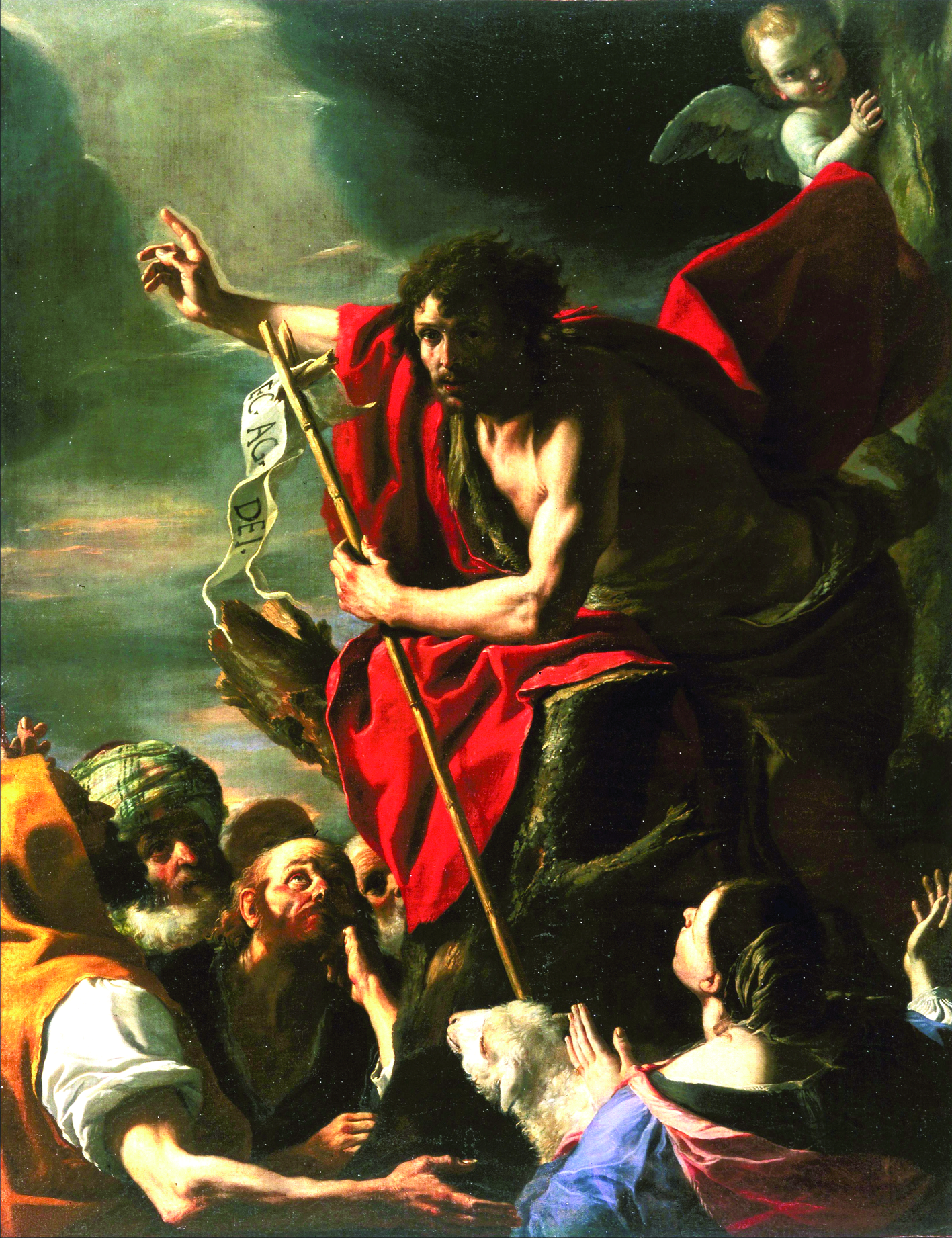
Facebook Comments